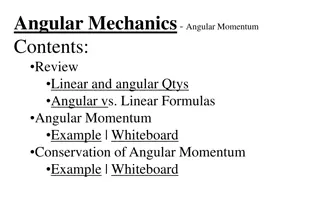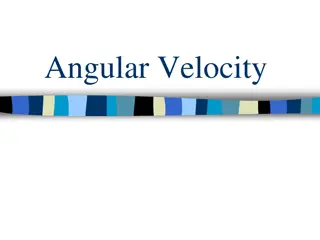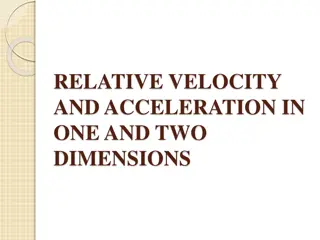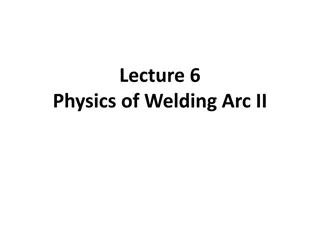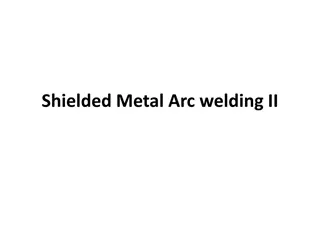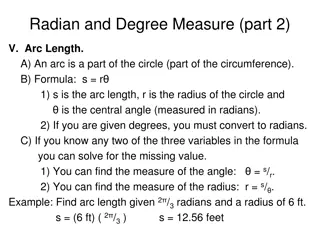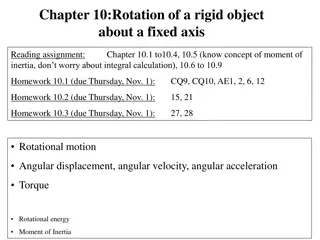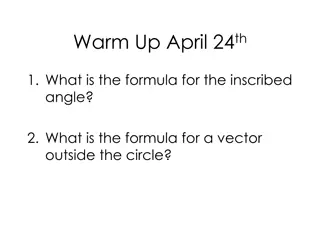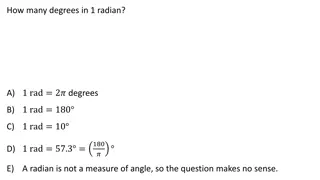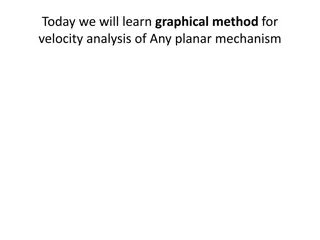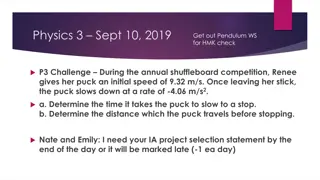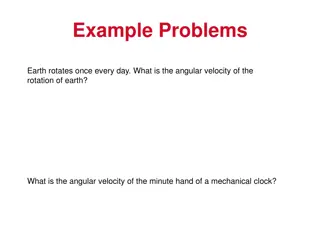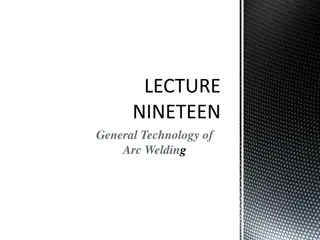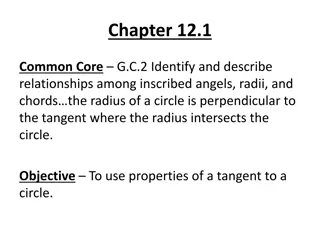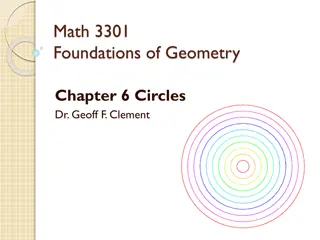Understanding Arc Length and Angular Velocity in Circles
Explore the concept of arc length in circles and learn how to calculate it using the formula s = rθ. Discover the relationship between linear speed and angular velocity in circular motion and practice applying formulas to solve problems. Dive into converting revolutions to radians and mastering the calculations involved in circular motion.
Download Presentation

Please find below an Image/Link to download the presentation.
The content on the website is provided AS IS for your information and personal use only. It may not be sold, licensed, or shared on other websites without obtaining consent from the author. Download presentation by click this link. If you encounter any issues during the download, it is possible that the publisher has removed the file from their server.
E N D
Presentation Transcript
Notes Arc Length A) B) 3 in 1 in If ? is 45 for each circle , which circle is larger? Why?
What is arc length? The distance along the curved line making up the arc. We usually label arc length as a radian measure. Arc length can be found using the formula s = r? * s = arc length * r = radius * ? = angle measure (in radians)
Lets practice finding arc length. Its formula is s = r?. For unit circles, the formula is s = ?, since the value of r is 1. When r is a value other than one, then s = r? is used. As you recall, arc length is a radian measure. Therefore, when solving for any arc length of any circle, we must be sure ? is a radian.
Find the arc length of the two given circles at the beginning of our PPT. A) B)
More practice..(note: all answers must be in radian measure) 1) Find the arc length of the following: a) r = 4 inches, ? = 240 b) r = 27 inches, ? = 160 2) What is r using the following arc length and ?? a) 39.26 inches, ? = 135 b) 94.24 inches, ? = 720
Given an object with a fixed speed that is moving in a circle with a fixed radius, we can define the V r ? r v = linear speed/velocity ? = ??????? ?????/???????? angular velocity ? of the object. That is, we can determine how fastthe radian measure of the angle is changing as the object moves on its circular path.
Next, We use radians as a unit of measure when working with angular velocity. Angular velocity is the formula: ? ? ? = ? = angular velocity ? = central angle (in radians) t = time
Now lets practice using the formula ? ? ? = ? = angular velocity ? = central angle (in radians) t = time With the following:
3) A Ferris wheel with a 50 foot radius makes 1.5 revolutions per minute. (Caution: How do we convert 1.5 revolutions to radians?) A)Find the angular velocity of the Ferris wheel in radians per minute. B) Find the angular velocity of the Ferris wheel in radians per hour.
4) The circular blade on a saw rotates at 2400 revolutions per minute. (Caution: How do we convert 2400 revolutions to radians?) A)Find the angular speed in radians per minute. B) Find the angular speed in radians per second.
AMIII HW Do pg. 292 (83 90 all)
Linear Velocity Linear velocity Speed at which a particle is moving along a circular path. Formula is . v = ? ? v = linear velocity s = arc length (remember: r?) t = time
Remember a few key things: ? is a central angle. For angular velocity, remember ? is measured in radians. We must also remember that ? = (revolutions)(2?)
Lets practice: Ex: A typical vinyl record has a diameter of 30 cm. When played on a turn table, the record spins at 33 and 1/3 revolutions per minute. A) Find angular speed. Round to the nearest tenth.
B) Find linear speed in cm/sec. * Note: Answer should be in cm/sec
Now you try: A) During one delivery, the tires rotate at a rate of 140 revolutions per minute. Find the angular speed of the tire in radians per minute.
B) On part of the trip to the next delivery, the tire turns at a constant rate of 2.5 revolutions per second. If the diameter of the tire is 30 in, find the linear speed of the tire in miles per hour.
Be able to go in reverse as well. Find the rotation in revolutions per minute given the angular speed (for # 1 and # 2) and the radius given the linear speed and the rate of rotation (for # 3 and # 4). 1) ? = 2.7 ???/??? 2) ? = 3? rad/hour 3) v = 24.8 m/s, 120 rev/min 4) v = 118 ft/min, 3.6 rev/s. 4
Homework AM3 pg. 292-293 101, 103-105



